—by Matt Milkovich
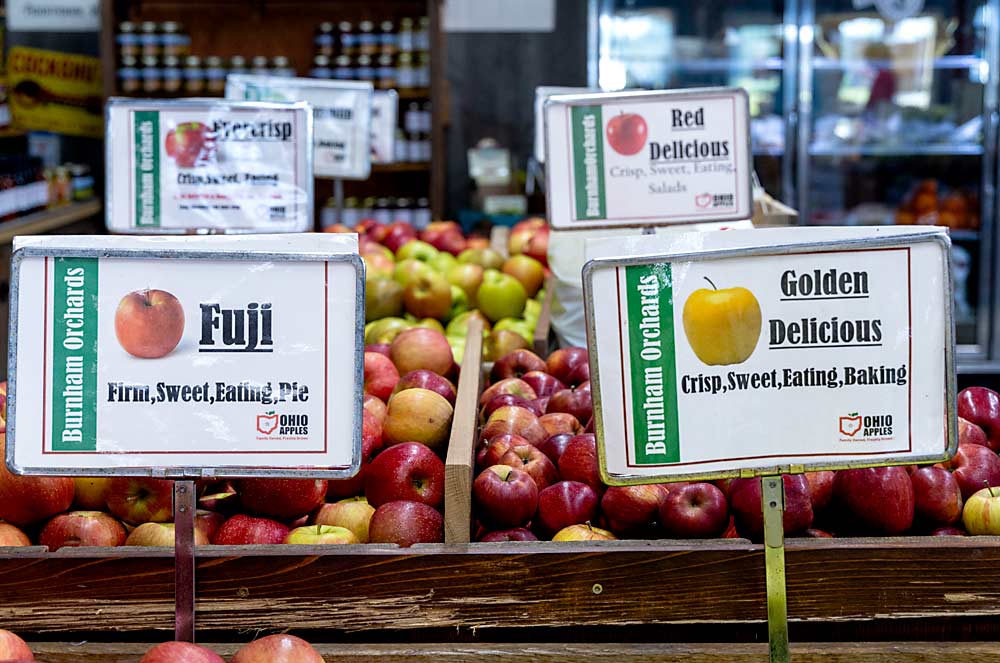
Low commercial apple prices have forced many Midwestern growers to pivot in different directions to find more profitable sales avenues for their fruit. Some growers are turning toward certified organic markets, others toward direct-retail sales. Good Fruit Grower reached out to a few growers to learn what they’re doing in response to difficult wholesale market dynamics.
Organic
Michigan grower Kyle Rasch and his father, Tom Rasch, at Third Leaf Farm, decided in summer 2023 to transition their remaining conventional apple acres to certified organic. They’d been transitioning 10 or 15 acres per year for a few years, but “abysmal” conventional prices pushed them to transition the remaining 70 acres all at once, Kyle Rasch said. Their apples will all be ready to sell in the organic market by 2026.
The full transition simplifies horticultural management, too. Their blocks are now under a single management system, rather than being split between conventional and organic, he said.
“There’s not much hope left on the conventional side,” Rasch said. “Organic is a growing market, and we’ve seen enough opportunities to be excited. This is the first season we’ve had enough fruit for the market we’re already selling for.”
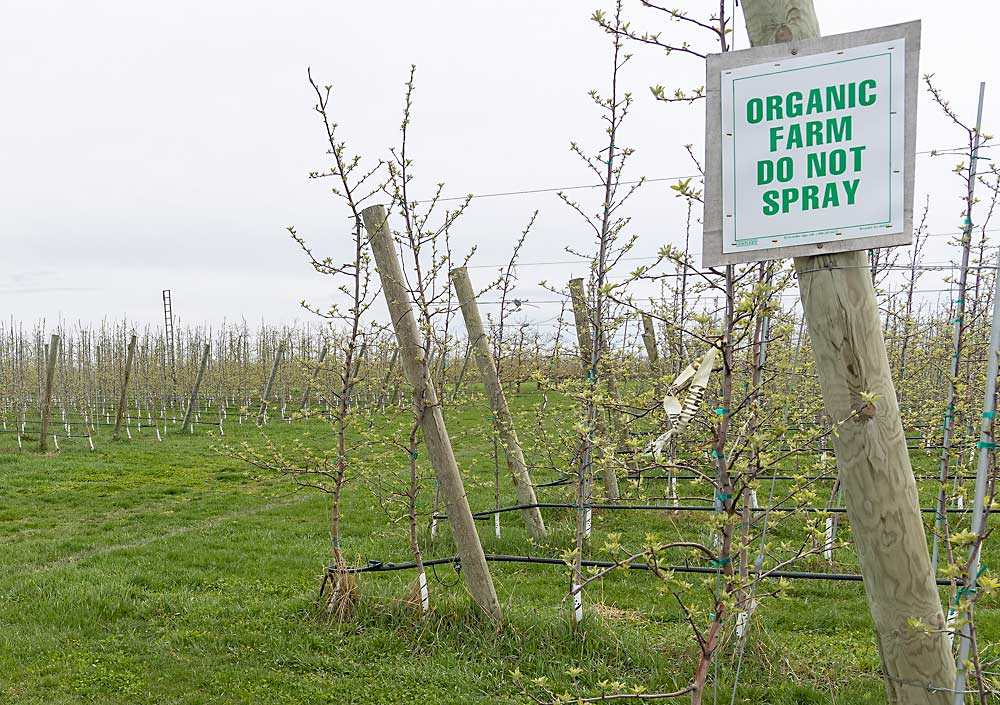
Rasch knows of more than a half-dozen other Michigan growers — all sensing the opportunity for higher prices with fresh and processing apples — who are transitioning at least some of their acres to organic. Some processors are already buying certified organic apples, while others are waiting for more volume to become available, he said.
“There’s always some percentage of fruit that doesn’t make the grade,” Rasch said. “We need to create more opportunities for second-quality processed organic fruit in Michigan.”
Even though Third Leaf Farm is “far off the beaten path,” he said, it’s been direct-marketing organic apples for the past six years. Meanwhile, the small on-farm market and handful of U-pick blocks allow local consumers to combine an on-farm experience with buying organic produce.
“We haven’t built up a carnival, just a place to stop and get organic apples,” Rasch said. “A busy weekend for us is 50 customers.”
Farther west at Joe Rasch Orchards, grower Manuel Vargas decided to transition 20 acres to organic in 2023. He’s hoping the apples will fetch higher prices when they enter the organic market in 2026. Vargas said conventional processing apples are earning about 6 cents per pound right now, while organic processing apples are earning up to 35 cents per pound.
The trees they’re transitioning — Fuji, Gala, Jonastar and MAIA-1 (marketed as EverCrisp) — represent about 5 percent of their total acreage. Organic trees require more intensive management and a greater commitment of labor, but Vargas hopes the extra work will bring in extra profits.
“We’re just trying to find another market, and hopefully make some money,” he said. “It’s hard to sell apples right now.”
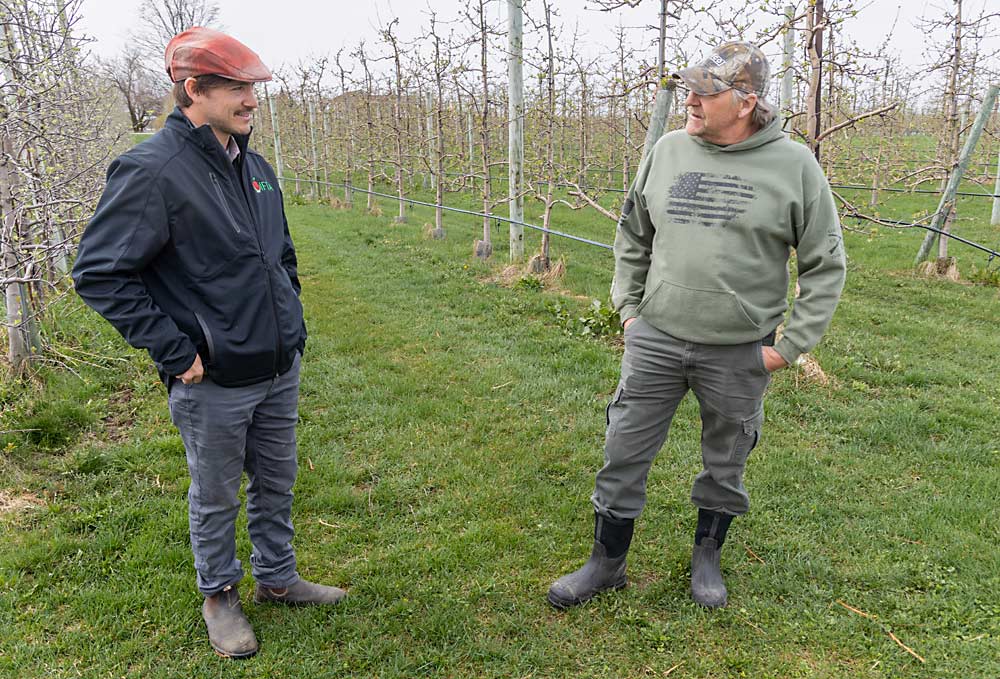
Direct retail
Illinois farm market Eckert’s recently decided to remove about 30 acres of older, semidwarf trees — nearly a quarter of its total apple acreage — to focus more on direct retail and get out of the wholesale apple market altogether, said President Chris Eckert.
“Wholesale just doesn’t pay,” he said. “We will focus on keeping new varieties for pick-your-own and in-store retail sales.”
They’re pulling out older varieties like Red Delicious, Golden Delicious and Jonathan that no longer have a wholesale market. He said wholesale prices are down more than 25 percent from three years ago, after rising briefly during the coronavirus pandemic.
Meanwhile, their labor costs have gone up about 45 percent since 2019.
This isn’t the first time Eckert’s has pivoted away from wholesale apples.
“We got out of the wholesale apple market in the early ’90s,” Eckert said. “Then we crept back in because of oversupply for pick-your-own.”
It’s easier to control pricing, and therefore maintain profitability, in direct retail, he said, whereas in wholesale it’s a different story. “I feel like I’m losing money on every bushel I pick,” Eckert said.
Sweet and hard cider are other good outlets for excess apple production, but U-pick is “by far the most profitable way to sell apples,” Eckert said.
Ohio grower and farm marketer Joe Burnham said he also aims to sell more apples through farm market and U-pick channels, but there are only so many apples a grower can sell that way. He is also hoping wholesale prices will rise again soon.
At Green’s Fruit Farm in Pennsylvania, Bobby and Sara Hricko started shifting to direct market sales not long after inheriting the family farm from Bobby’s grandfather. When they took over in 2018, most of their 65 acres of apples were sold to a packing house. Now, about half go to the packing house, and the other half are sold directly through their farm market and U-pick blocks.
The farm earns about as much revenue as it did 10 years ago, but considering the bad weather and low prices in that period, holding steady is not necessarily a bad thing, they said.
“Direct marketing is a ton of work, but it’s helped to make our business more resilient,” Bobby said. “We’re able to pivot more quickly and react to challenges.” •

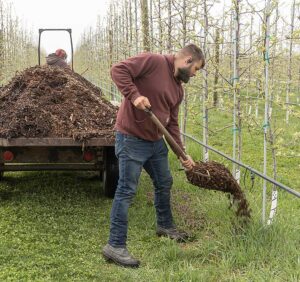





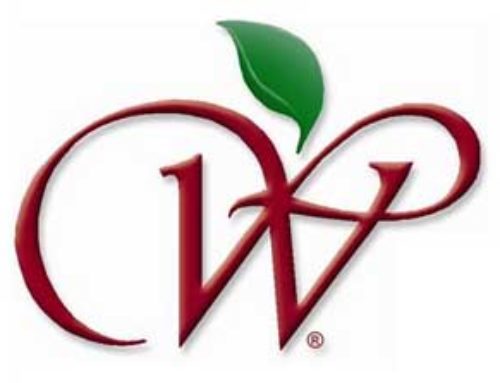
Leave A Comment